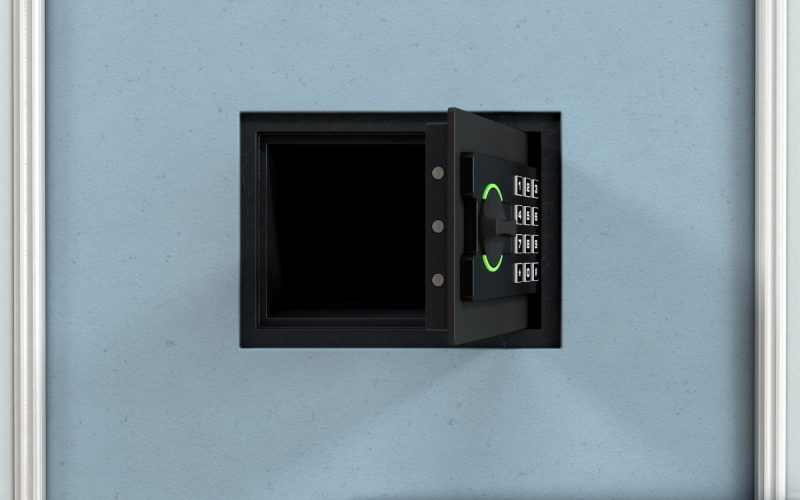While storing valuable items, such as important documents, jewelry, and cash, at home offers easy access, you should still prioritize security. Follow these practical tips for storing valuable items at home securely to protect against theft, fire, and other risks.
Use a Home Safe
A high-quality home safe creates a fortified barrier that is difficult to penetrate. When selecting a good home safe, consider features such as fire resistance, waterproofing, and robust locking mechanisms.
You should securely bolt the safe to the floor or a wall to prevent easy removal. Additionally, regularly check and update the safe’s locking mechanism to ensure its reliability and security over time.
Choose a Hidden or Secure Location
Placing valuables in a hidden location adds an extra layer of security, making it more challenging for thieves to locate your precious items. Floor safes blend seamlessly into the surroundings, which is why superior concealment is one of the top advantages of installing a floor safe at home.
Opt for inconspicuous areas that aren’t easily accessible to outsiders, such as false bottoms of furniture, behind removable panels, or inside household items like empty containers or books. Ensure the chosen spot is secure, dry, and unlikely to be accidentally discovered by individuals unfamiliar with your hiding places.
Diversify Storage Locations
To minimize the risk of losing your valuables to a break-in or disaster, divide your valuables up and store them in different locations within your home. Even if one location is compromised, other items will remain secure elsewhere.
You can take the following steps to diversify your storage locations:
- Utilize different rooms: Store valuables in various rooms throughout your home to reduce the risk of losing everything in a single event.
- Consider hidden spots: Use unconventional hiding places, such as false bottom drawers, inside household items, or behind wall-mounted decor to keep valuables discreetly stored.
- Invest in multiple safes: Have more than one safe in different locations within your home to distribute your valuable items securely.
- Secure lock boxes: Use lock boxes with combination locks or key locks in different areas to store smaller valuables and important documents.
- Rotate storage spots: Periodically change the locations of your valuables to maintain security.
Consider Insurance
An insurance policy can provide financial protection in case of theft, loss, or damage. Always review the terms of the insurance policy to understand what is covered and any limitations.
Insurance acts as a safety net, ensuring you’re not left empty-handed if something happens to your valuables. As such, this additional layer of security can bolster your physical protection measures.
By using a home safe, choosing secure locations, diversifying storage spots, and considering insurance, you can significantly enhance the security of your treasures. Keep these tips in mind to protect what matters most to you.

